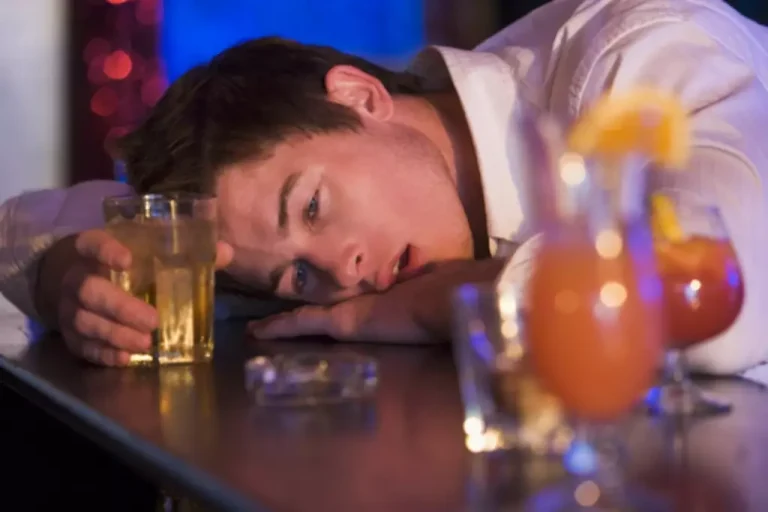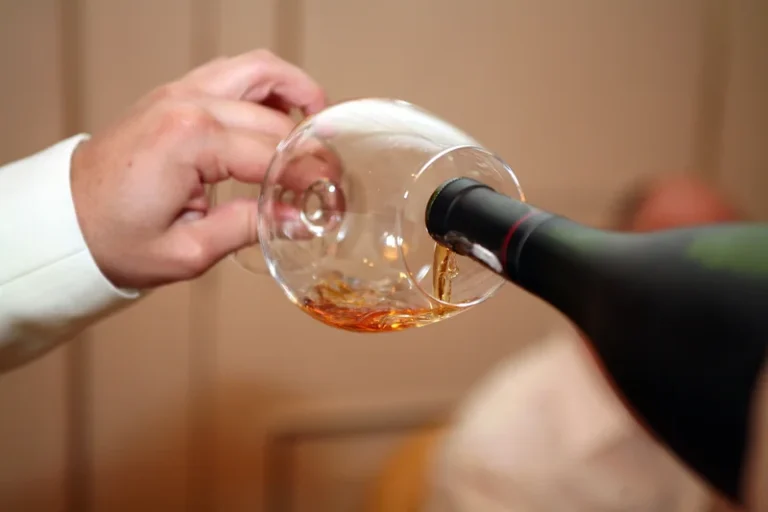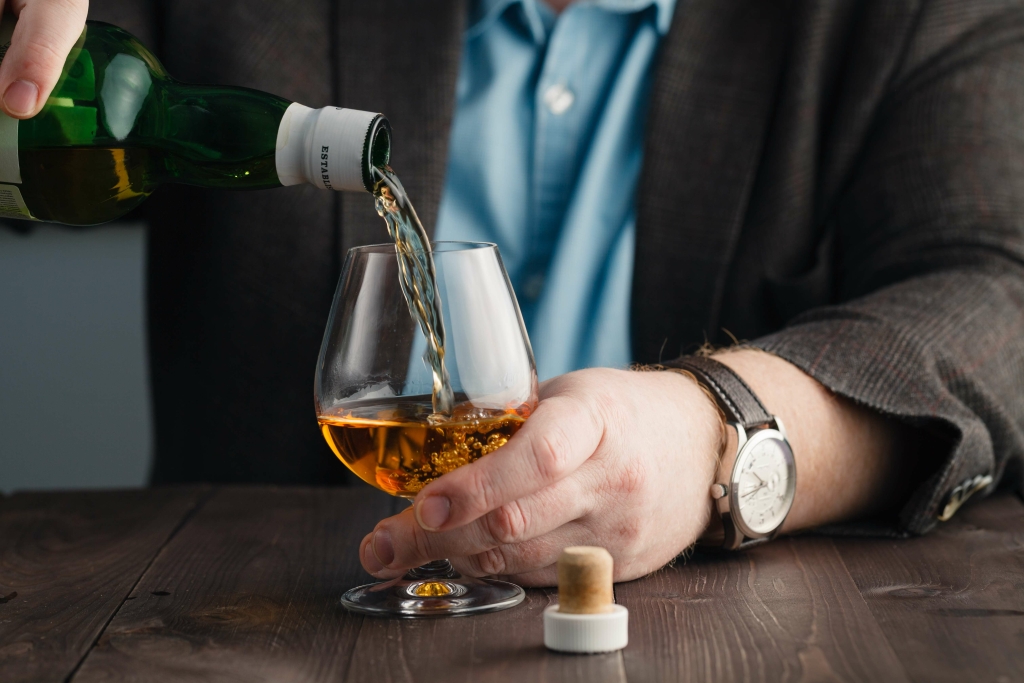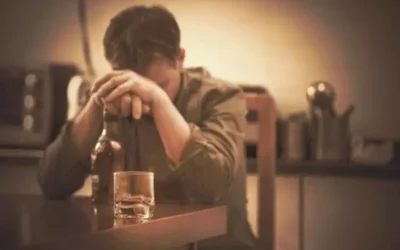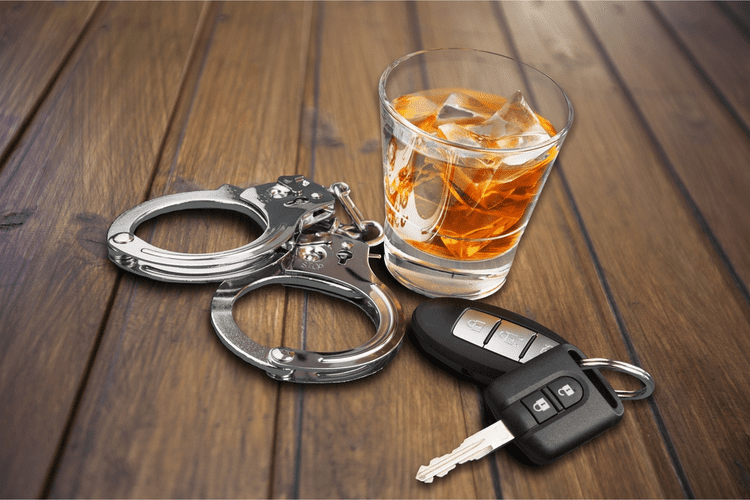10 Ways To Learn To Love Yourself and Reclaim Your Life After Addiction
دسته: Sober living
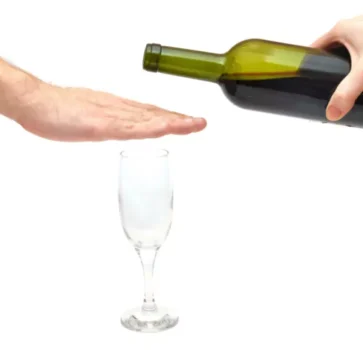
If you have been struggling with addiction, inpatient rehab programs offer round-the-clock care and support. This environment allows you to focus solely on your recovery, understand the root causes of your addiction, and develop new coping mechanisms. After completing the program, transitioning to an outpatient program can provide continued support while reintegrating into daily life.
Step 6: Finding New Hobbies
- This system helps individuals stay motivated, celebrate milestones, and work through challenges.
- The FHE Health team is committed to providing accurate information that adheres to the highest standards of writing.
- Now that you’re headed along a solid path towards your dreams like exercising, getting plenty of rest, and being good to loved ones will eventually fall into line.
- After all, our relationships with others are a part of who we are, as it is the way others perceive us.
Whether you realize it or not, being in active addiction is time-consuming. Once removed from that lifestyle, you’ll likely find yourself unsure what to do. This is where it becomes important to develop a hobby or interest.
- It involves learning to live without substances, establishing new routines, and finding a sense of purpose and fulfillment.
- This is an opportunity to grow and return to the things you used to love doing before you became addicted.
- You can reach out to a therapist, sponsor, or someone in your support group.
- You may, for example, be disappointed or angry with yourself for falling prey to addiction, especially if it is because of a relapse.
- A local support group is a great place to start; it’s free and there’s zero commitment.
Learning Center
A positive outlook in recovery can lead to improved physical health and overall well-being. Creating a repeatable routine helps you establish a rhythm to your days. Unstructured time can cause restlessness and boredom, which can lead to relapse.
Step 8: Start Dieting
These could be family, friends, coworkers, or fellow rehab graduates. Pick something you enjoy doing and set aside some time every week just for that. Go for a hike this weekend, bake a cake next week, and try out a few chords on the guitar in your attic the week after that. If you find therapy helpful during rehab, look into outpatient programs as well.
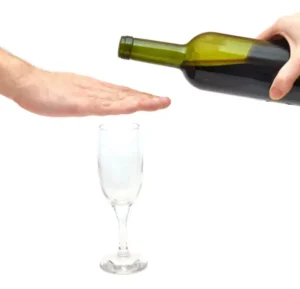
However, if your mental health continues to decline after treatment, you may well end up in barbiturates rehab again. Discuss and work with your therapist on improving your self-image, and your other mental health issue will become easier to tackle. Relationships with family and friends are essential and they form a core part of your support structure.

Warren is a Licensed Master Social Worker, who specializes in substance abuse and mental health treatment. Clinically, Warren has developed a therapeutic skillset that utilizes a strengths-based perspective, Twelve Step philosophies, Cognitive Behavioral Therapy and Motivational Interviewing. There might be people in your life who encourages substance use and get you addicted. The first thing you should do during early recovery with us is to cut such people out of your life. These people could be guilt trippers, or jealous people and might try to control your life again. Moreover, they could be enablers, and try to get you back on your substance use disorder to try and make yourself feel better.

Here are a few strategies on how to rebuild your life for long-term recovery. In the pursuit of substances, you may distance yourself rebuilding your life after addiction from friends and family or even cut them off entirely. So when you start drug and alcohol rehab in West Virginia, you’ll want to work on repairing those relationships.
- Knowing that your loved ones and others affected by your actions have forgiven you might help you.
- These people could be guilt trippers, or jealous people and might try to control your life again.
- That’s when we need to remind ourselves to take things one day at a time and stay in the moment.
- Rebuilding your life after addiction is not just possible—it’s an opportunity for transformation.
- If you’re struggling, we highly encourage you to reach out to a loved one, a member of your support group, or your therapist.
- If it feels right, consider family counseling to create a safe space for everyone to express their feelings.
How do I find a job after recovery?
It’s crucial to customize the routine based on individual preferences, needs, and aspirations. With determination and a focus on self-care, individuals can flourish in their recovery and pave the way for a brighter future. Finding purpose and meaning after struggling with a substance use disorder is a journey. But with a strong support system, a positive outlook, and a willingness to explore new possibilities, you can find a fulfilling life in recovery.
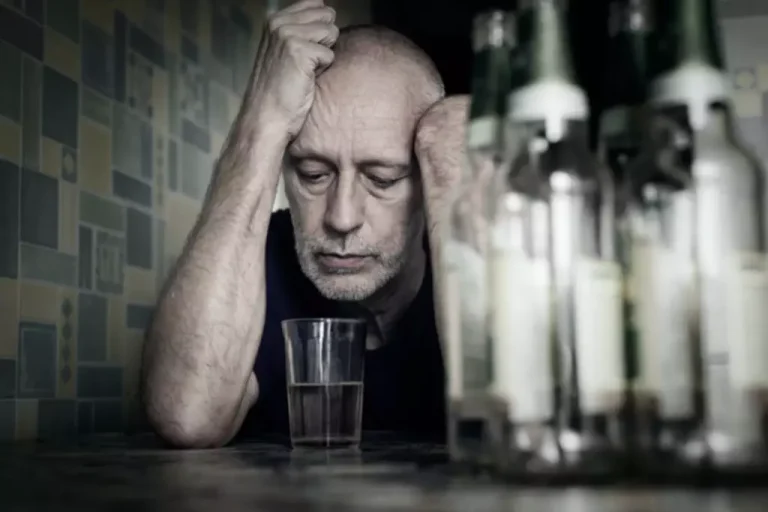
Finding Purpose and Meaning: Spiritual Awakening in Recovery
It can help convert into a far better mood, higher energy levels, sharper mental alertness, better health, and more. This discussion isn’t only for your sake, but for the sake of your loved ones too. They’ve gotten used to viewing you as a substance abuser and will continue to think of you that way unless you can show them differently. They may even expect too much now that you are back to being sober.





